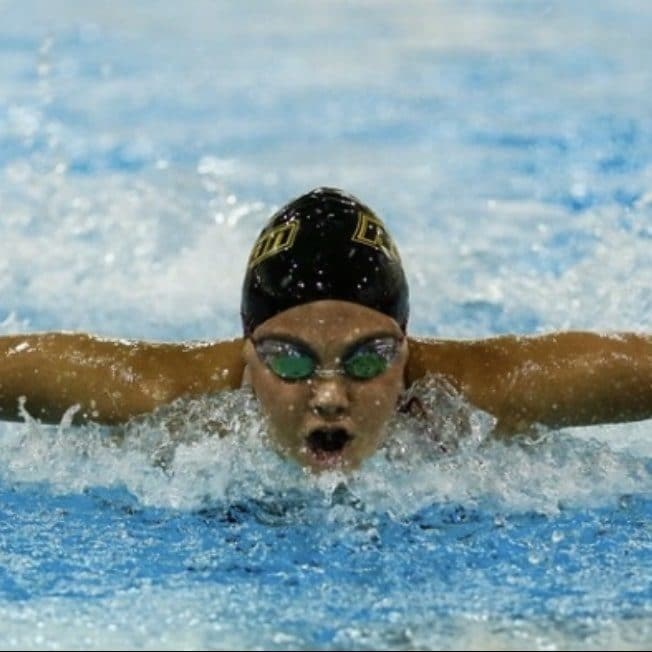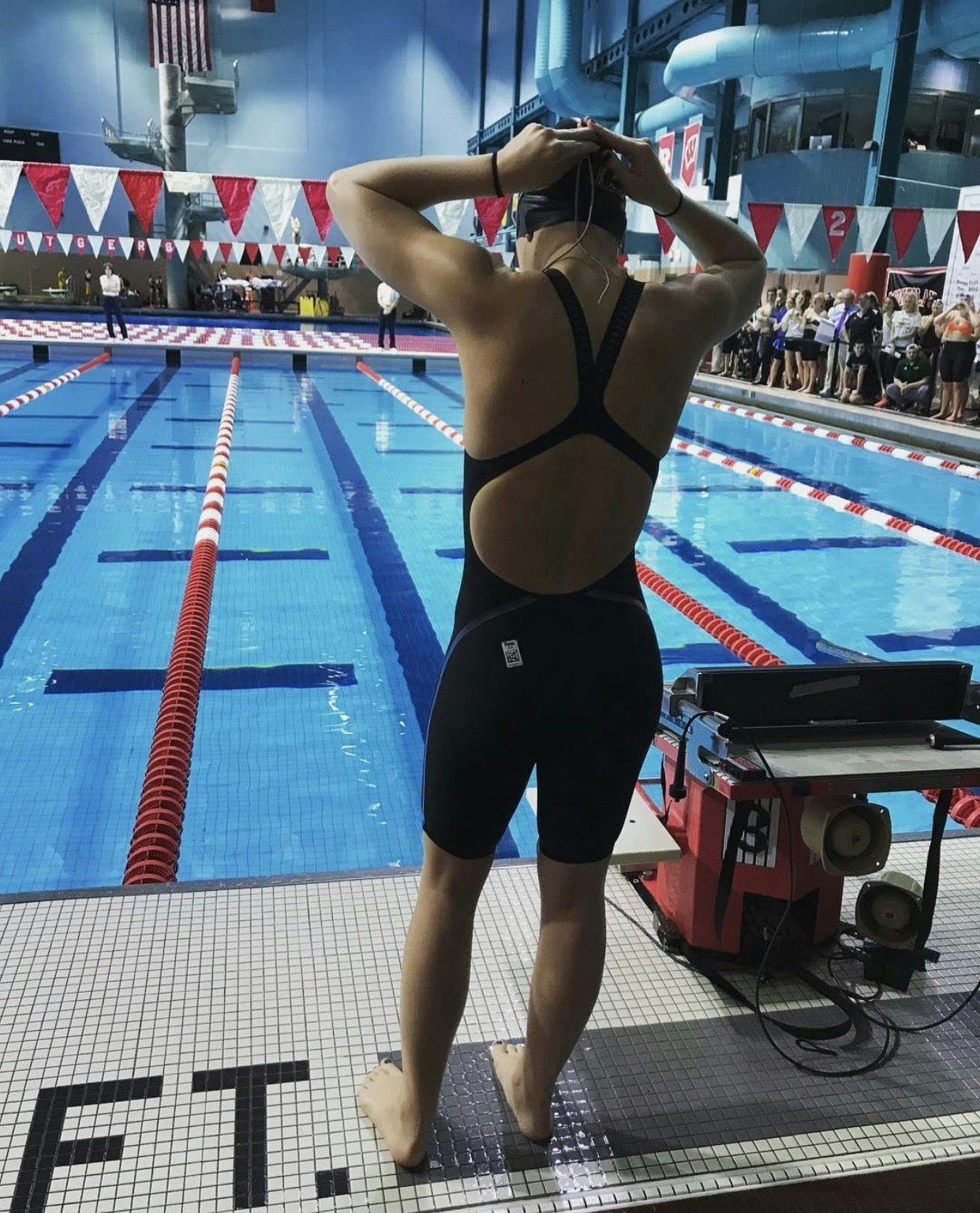
Swimming was a sport I was involved in my entire life. From summer swimming, high school swimming, club swimming and college swimming, this sport took up the majority of my time. I swam for Rowan University the past 4 years and was very dedicated to the sport. 
We had practice Monday-Saturday for 6 months out of the year. While swimming came with commitment and dedication, it also came with injury. My main events were the 100 and 200 Butterfly which caused excessive stress on my shoulders. Each year, swimmers are affected by shoulder injuries due to overuse, fatigue of the muscles, shoulder laxity, instability and the type of stroke. 91% of swimmers have experienced one instance of shoulder pain in their swimming career. Us swimmers tend to call this “Swimmer shoulder” which basically means shoulder pain due to overuse.

Competitive athletes may swim up to 9 miles per day and this equates to 2,500 shoulder revolutions per day. Some common injuries of the shoulder from swimming can include irritation/inflammation in the shoulders, rotator cuff tears or tendonitis, shoulder impingement syndrome, tears in cartilage around the shoulder socket and bicep tendonitis. Over the years, swimmers tend to lack flexibility of anterior shoulder muscles and lack stability of posterior shoulder muscles due to repetitive range of motion. In the sport of swimming the shoulders and upper extremities represent up to 90% of power in the 4 strokes. The 4 strokes in swimming are freestyle, butterfly, breaststroke and backstroke. Depending on the stroke can depend on the overuse of your shoulder.
The most common stroke is the freestyle and no matter the person, this stroke puts stress on your shoulders. In all of the strokes, the Subscapularis and Serratus Anterior are active during the pull through phase which is likely going to cause fatigue and can lead to impingement. The pull through phase in a stroke is the part when your hand enters the water to the time it exits the water. The shoulder range of motion in swimming is very similar to overhead athletes which is why shoulder injuries are so common.
Breast stroke is the one stroke that doesn’t cause as much stress on your shoulders as the other strokes. Since I was a butterflier my entire 4 years and would practice the stroke everyday, this stroke put the most stress on my shoulders which led to repetitive injury and therapy. If you are swimming, you are doing repetitive motions by bringing your arms around a full range of motion. Over time you bring your arm up and over, your shoulder will impinge your tendon. If your shoulders are healthy, there will be enough gap between your tendon and shoulder that it wont start to wear away the tendon. With time and fatigue you may develop inflammation which can rub and cause shoulder pain from overuse. The mechanics of swimming can be very challenging and with poor technique, this can cause impingement quicker on someone’s shoulder. Poor mechanics is bad for swimmers all around because not only does it slow you down and make your stroke look sloppy, it will start to rub on your tendons more which leads to injury and pain.
Some ways you can avoid shoulder injuries would be to learn and use proper technique, stretch before every swim workout and strengthen your shoulders with specific exercises to build power and strength. Check out this article on shoulder pain in swimmers to learn more and see a few strengthening exercises to try.
Here’s a video of me swimming (Lane 3, 3rd from left), with a first place win!
https://youtu.be/ks7VJ-ADx0U
Categorized as: Sports Injury